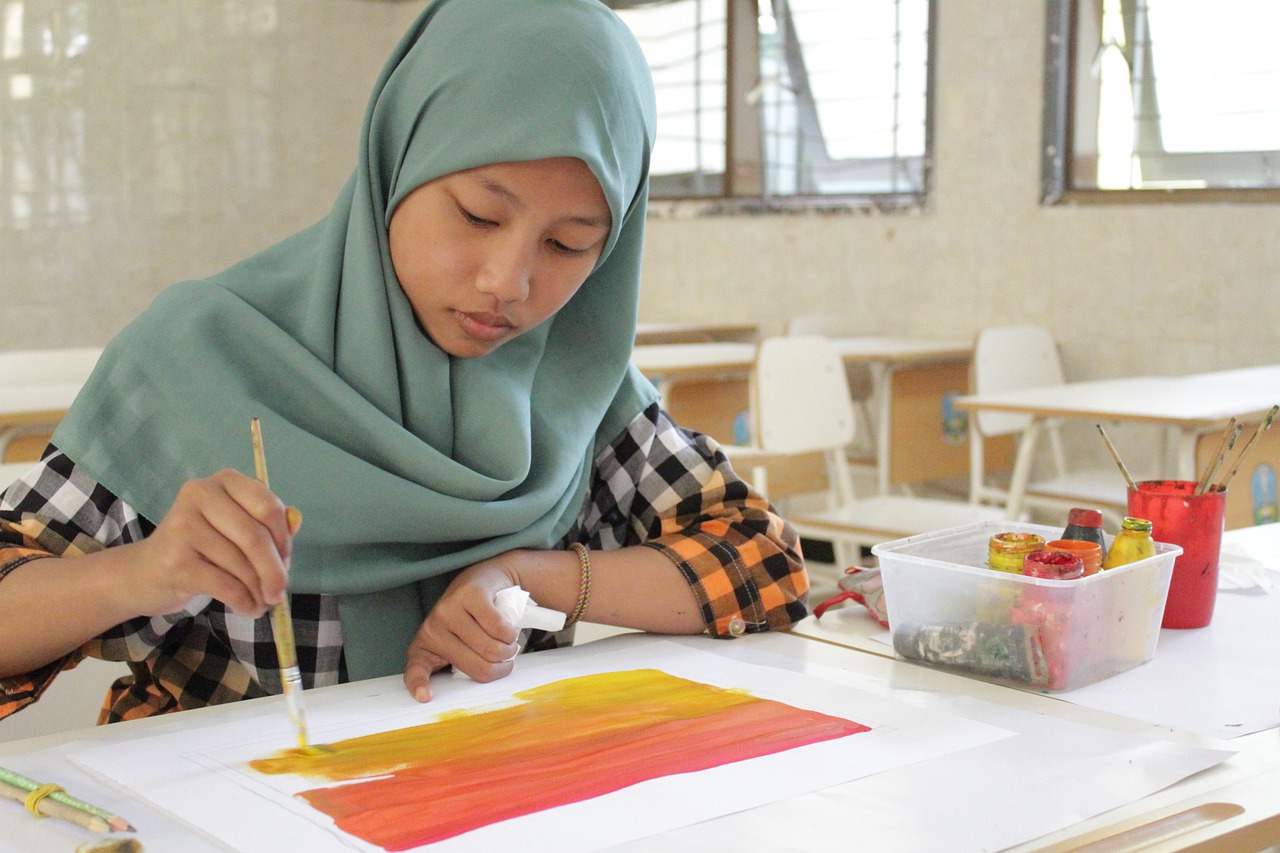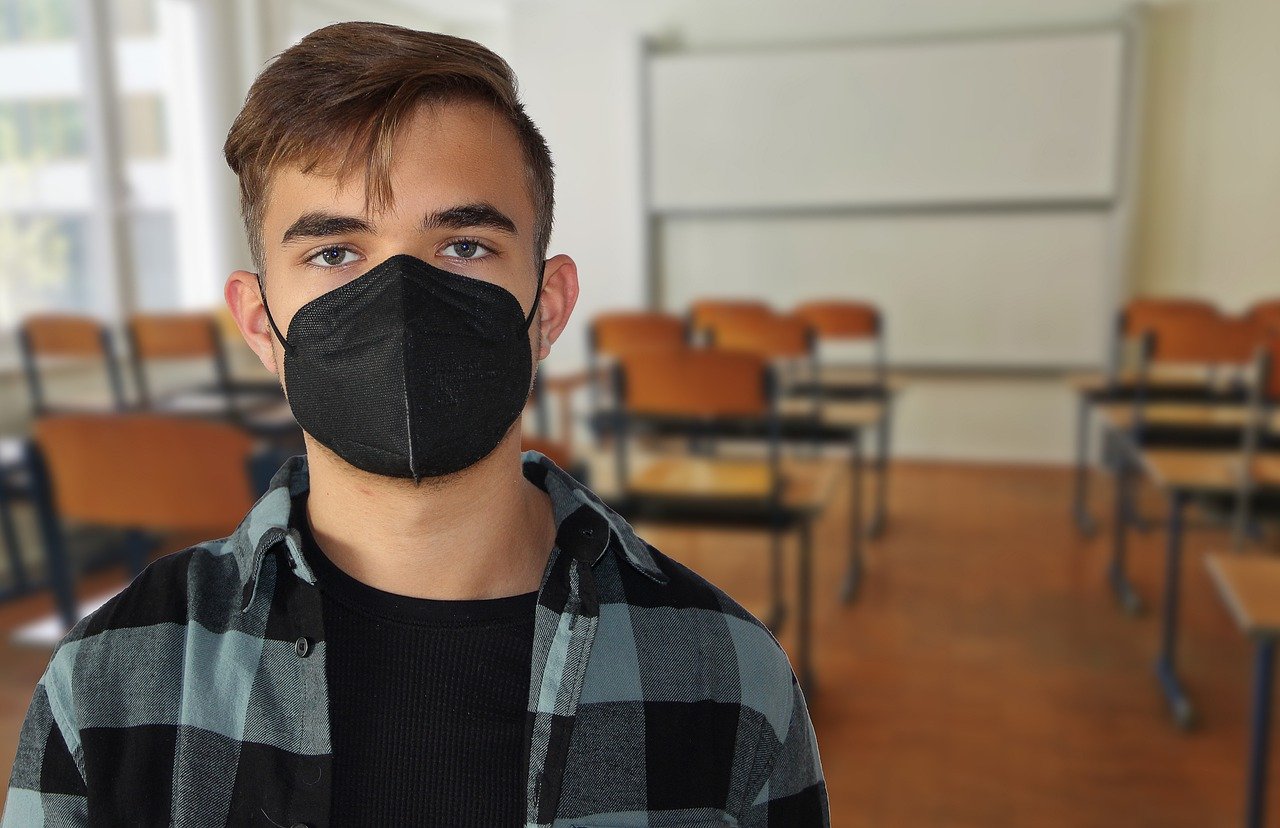
Throughout the COVID-19 pandemic, educators and parents worked to understand how kids would be affected by the restrictions and protections put in place. How will kids handle not being able to hug their teacher? Are young children ready for remote learning?
Two years after the start of the pandemic, educators are starting to understand how different age groups experienced this period of their lives. In particular, they are noticing social and emotional changes across all grades, from younger students who need to relearn basic classroom rules to older students who missed key social events.
Here are a few experiences shared by educators on student emotional development during the pandemic and how they are working with parents to address students’ current needs.
No One Doubts the Pandemic Affected Social Development
Across the board, educators, administrators and child psychologists alike have noticed changes in student behavior and development as a result of the pandemic. According to a survey of 1,400 parents and 900 early childhood educators by The Early Learning Study at Harvard, 61 percent of parents reported their child’s social-emotional development had been negatively impacted by the pandemic. Fifty-eight percent felt their child’s academic development had been negatively impacted by the pandemic.
On the educator side, 53 percent of teachers noticed changes in student behaviors during the pandemic and 77 percent classified these changes as negative. They described children as being aggressive, anxious, frustrated and emotional.
These behavioral changes often stem from traumatic experiences as a result of the pandemic. COVID-19 didn’t just lead to illness, canceled events and quarantine. It also caused economic insecurity, which can weigh on children even when parents try to hide their situations from them.
“In the past 22 months, many children have faced hunger, housing insecurity, the death of parents and family members and isolation,” says developmental psychologist Cailin Currie. “Failing to address this could only hamper efforts of teachers to catch students up.”
The years of remote learning has also limited how students see themselves and how they use this identity to navigate the world. Richard Chung, a professor of pediatrics at Duke University, says identity is one of the most important emotional elements that kids (and teens especially) hold on to as they get older.
“One of the things we know about identity is that your identity as a student is related to your identity as a peer, as a friend, and how you see yourself as a family member, a member of your community,” says Chung. “Young people need really developmentally rich experiences and opportunities across multiple contexts in order to really develop a sense of self that can [help them] feel successful … or proud of the way that they show up within the world.”
In some cases, educators feel like they are trying to put out multiple fires at once by trying to address these needs. School administrators are working to help kids overcome trauma while also developing a healthy sense of self.

The Real Question: How Much Were Kids Affected?
Before educators can take steps to help students overcome any social-emotional barriers caused by the pandemic, they need to evaluate just how much work needs to be done.
For example, Catharina Genove, principal at the Montessori Public School of Arlington noticed that students had a harder time paying attention and staying on task when they returned from remote learning. The Montessori method is based on independent learning and self-directed activities. Reduced social-emotional skills like focusing or sharing resources have a significant impact on how students navigate the classroom. Knowing how this change in behavior correlates with learning helps educators develop strategies to fill in pandemic-caused gaps.
Evaluating the effect of the pandemic on mental and emotional well-being is also essential for educators who need to know how much students fell behind academically.
“There is a direct link between mental health and academic performance,” says psychologist Jeannine Topalian, president of the California Association of School Psychologists. “When a child is worried about a parent being unemployed, or whether the family will become homeless, how can they learn to add? Or read? Students will not be able to move forward until their mental health needs are met.”
There is good news for parents of young children who are worried that the pandemic affected their social-emotional development. Some researchers believe the long-term impact may be minimal, as students catch up on anything they missed in the post-COVID world.
“I do not expect that we’re going to find that there’s a generation that has been injured by this pandemic,” says Moriah Thomason, a Barakett associate professor of child and adolescent psychiatry at New York University Langone Health. “Children are so adaptive, and elastic. And we do expect that things are going to improve and that they should be able to be resilient to a lot of what’s happened.”

Young Kids Missed Key Development Checkpoints
For younger learners, the focus on social-emotional development is key to understanding how they handle the classroom environment. In many cases, children skipped the traditional preschool experience by staying at home for another year. This impacts the types of behaviors teachers see in kindergarten and first grade.
“One of the biggest things we’ve noticed is we have so many more children who did not have a preschool experience,” says Angela Capone, vice president of early education at Para Los Niňos. “For those children, many of them had never had the opportunity to develop social skills…it’s challenging just learning to be part of a group.”
Basic behaviors, like sitting at a desk, have been lost on some students. They got used to moving around the house during the remote learning months and expect the same freedom now that they have returned to in-person learning.
“One teacher said to us, ‘It’s like they’ve forgotten how to be in school,’” says Elizabeth Englander, a professor of psychology at Bridgewater State University. “They’re treating it like it’s their living room. They just don’t know how to behave.”
Teaching social-emotional learning to young students has its benefits and challenges. It’s challenging in that developmental skills need to be taught and reinforced constantly. On the other hand, there are countless opportunities to turn basic tasks into key lessons throughout the day.
“Executive function skills — such as self and emotion regulation, motivation, focus and attention, problem-solving, flexible thinking and persistence — are being built or reinforced at all ages during everyday interactions,” write Tovah Klein and Aliza Pressman, author of “How Toddlers Thrive” and host of “Raising Good Humans,” respectively. “Seemingly small everyday interactions are fundamental to lifelong learning.”
When kids play Simon Says, they sharpen valuable attention and persistence skills. When a child picks out their own clothes on a rainy day, they learn problem-solving and critical thinking. Teachers may need to spend more time including social-emotional activities during the day to help kids learn and improve missing skills.

Teens Missed Out, Too
It’s not just young children who need to catch up on basic social skills that get picked up with age. Adolescents and teens also missed key social-emotional development milestones as a result of quarantine periods and remote learning.
“What we are seeing is [that] middle school behavior has crept up to ninth grade,” says Katie Hurley, a child and adolescent psychotherapist. “Think about first hand-holdings and first kisses or first crushes. All of that got missed. So now there’s this catch-up and this urgency that teenagers just don’t know what to do with.”
Amanda Mull, staff writer at The Atlantic, highlighted the sociological concept of weak ties when explaining certain losses of friendship in the pandemic. Weak ties are casual friends and acquaintances who you see infrequently but share some level of familiarity with. For example, you might work out next to the same person at the gym each week. You might be a regular at a coffee shop and chat with a barista. Weak ties also include friends of friends who you might meet at social gatherings but wouldn’t necessarily consider part of your own social group.
High school is a key place to develop weak ties, which are part of our social structure. No one can be best friends with all of their classmates, so students learn how to interact with people to whom they aren’t necessarily close.
“[The] quick shift to virtual school prioritized learning time and eliminated space during and after the school day when students used to catch up with peers or staff: bus rides, passing periods, lunch periods, and down time during class, to name a few,” says Emma Korolik, curriculum manager at The Possible Project.
While teens were able to stay close to their friends through the pandemic, they missed opportunities to interact with crushes, acquaintances and new people. They are trying to catch up and learn what it means to be a young adult in a post-pandemic environment.
The Pandemic Has Created a Renewed Focus on SEL
There is some relief for parents and educators worried about student development. It may have taken a global pandemic, but more people and policymakers are starting to value social and emotional learning (SEL) and the role schools play in teaching these skills.
“This focus on SEL offers us a lever to lift children up: some of these traits have likely improved during the pandemic, while others have deteriorated—so noting both of these realities will boost the efforts of educators working to help students make up for lost ground,” write Emma García and Elaine Weiss, economist and research associate, respectively, at the Economic Policy Institute.
Administrators are looking at how teachers learn about SEL and how they apply educational concepts to the reality of the modern classroom. Even some educators are evaluating what they know about social and emotional learning and what gaps in knowledge they may have.
“Comprehensive SEL training for educators is currently not widely available,” says Megan Ferren, an analyst intern at the U.S. Government Accountability Office. “All states include some SEL competency training for teachers in their certification requirements. But while most required courses in colleges of education include information on social awareness and responsible decision-making competencies, fewer than 10 percent include training on other key aspects of SEL such as self-awareness, self-management, and relationship skills.”
In many cases, social and emotional learning starts by helping students understand their own needs. When students know which emotional skills they lack or need to improve, they can turn to teachers for help.
“All students need to develop self-awareness of what pandemic events and changes in their lives have meant for them,” says Debra Meyer, professor of education at Elmhurst University. “SEL will need to go beyond the basics and extend to helping students process their return to in-person school, especially as social distancing guidelines change and masks may no longer be needed.”
The pandemic made it abundantly clear that school isn’t just a place to learn common core concepts. Students graduate with more than just knowledge of American history or the Pythagorean theorem. They learn how to advocate for themselves, how to manage their schedules, how to make friends and generally how to be adults in the modern world. The social emotional development efforts of educators can help students catch up after two years of pandemic learning so they feel ready once they leave the K-12 environment.
Images by: stockbroker/©123RF.com, wavebreakmediamicro/©123RF.com, Ikhlas_Sabilly, Alexandra_Koch

